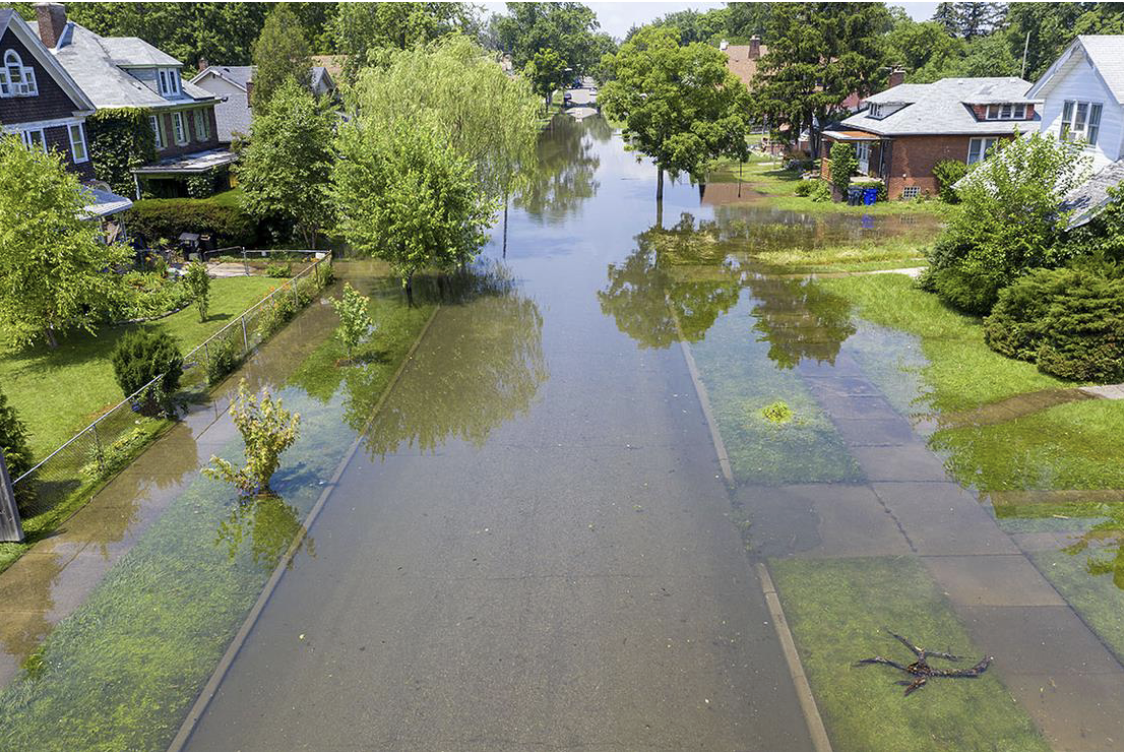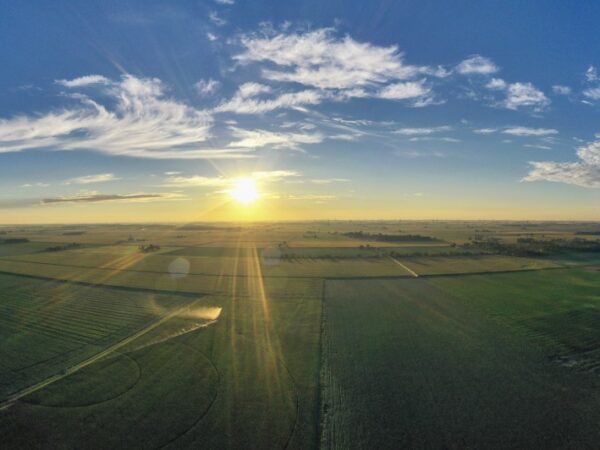
In order to do meaningful things at scale, everyone has to be at the table. This is what Curt Wolf, Managing Director of the University of Michigan’s Urban Collaboratory, said about the Michigan Center for Freshwater Innovation in an interview with Great Lakes Now. Last month, he explained the benefits of pulling together stakeholders, the Great Lakes Water Authority, and major universities like the University of Michigan, Wayne State, and Michigan State to all work alongside each other to collaborate on grand challenges, like catastrophic flooding in the region.
This interview has been edited for clarity.
GLN: When did the flooding project start at the Michigan Center for Freshwater Innovation?
CW: Well, we had the catastrophic flooding events of 2021 in Detroit, which was well-documented, basements flooding in Detroit.
At the same time, however, I was working on research elements of what’s called the long-term control plan, which is an EPA-mandated permit required to look at how you’re going to manage SSOs and CSOs, sanitary overflows.
Out of the long-term control plan and this catastrophic flooding, new ideas are coming to the table about how to manage climate adaptation. The conventional wisdom is you can’t build yourself out of climate change. You can’t build bigger and bigger pipes forever. You have to try to bring new ideas to the table.
It’s pretty clear that the different counties in the region function very independently and do great stuff, but they don’t coordinate their efforts. So, we wrote this project to look at these barriers to regional cooperation. They are typically political, regulatory barriers, technical barriers, financial barriers, and all kinds of stuff. We’re in that process right now of looking at that and bringing ideas that are going on in the rest of the world back to Michigan to show what maybe can be done.
GLN: It was interesting to see that the center was partnering with Singapore. I was curious if Singapore has some kind of flooding policy or water technology you’re considering implementing. Why the Singapore hub?
CW: We wanted to highlight and bring back the best examples we could find of things that are happening outside of Michigan, to Michigan. Like these nature-based interventions. I think the twist that we’re trying to put on these nature-based interventions is to think holistically for the regional system and see how these things can be applied at scale. So, this is a little different than a typical green infrastructure installation that might be in a parking lot. These might be large open spaces that hold water, detain water, or partially treat water.
GLN: Do you have any examples of these nature-based interventions that you’re excited about?
CW: One asset that this region has that, say, New York City doesn’t have, is we have a lot of open space. The general concepts of nature-based intervention give rivers room to flood and kind of restore things to how the water used to run. It can be unintuitive, you might do something that may look good—very localized—but may have a negative impact downstream.
We have a lot of existing infrastructure throughout the region that probably is not optimized. That if we inject elements of control and cooperation, which is not so easy at all, but maybe you could manage what we have better and more smartly. In addition, leveraging this asset that the region has—of open space—where can you put in things that look like a park nine months of the year, but also function as flood control structures when we get a six or eight-inch rain.
Other ideas would be maybe on a neighborhood-by-neighborhood basis, kind of recreating some of the natural flow channels that used to exist before we paved everything over. Kind of helping nature to go back to the way it used to handle water, and getting surface flows to the rivers.
GLN: What are the main focuses of the intervention?
CW: Two big buckets of the interventions that the teams we’re hearing from want to consider are these nature-based interventions combined with technology and smart stormwater elements. There’s things like inline storage, where you store water in pipes throughout the system, and dynamically control those. Recognizing that storms are dynamic, because something may hit Oakland County but not touch Macomb County.
How can you adapt to that and then better manage the infrastructure that we have to address these impacts of climate change?
Catch more news at Great Lakes Now:
Study calls for EPA to include human well-being in Great Lakes restoration program
Consortium of Great Lakes universities and tech companies gets $15M to seek ways to clean wastewater
Featured image: Photo courtesy of Curt Wolf and the Michigan Center for Freshwater Innovation




